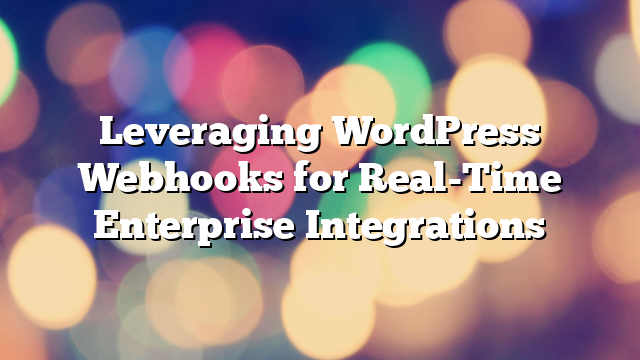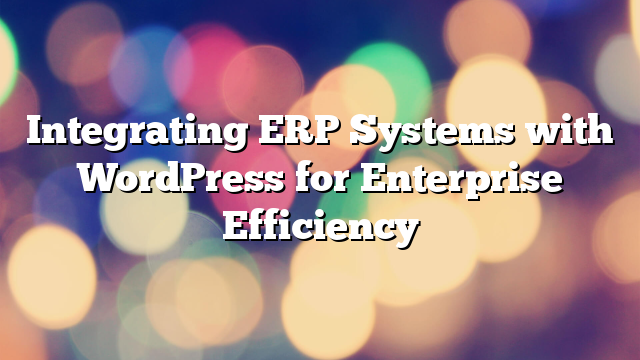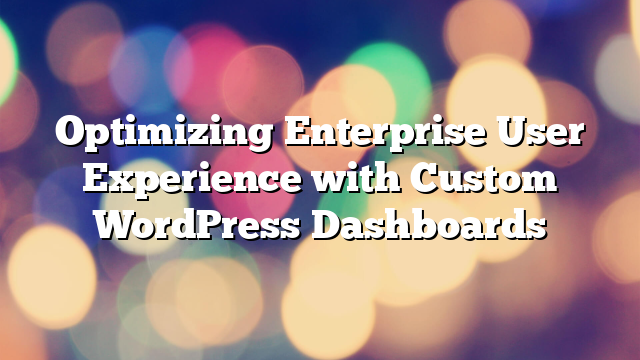Leveraging WordPress Webhooks for Real-Time Enterprise Integrations
16.05.2025

In the world of enterprise development, seamless communication between platforms is critical. Real-time data flow, instant notifications, and synchronization of systems are no longer just convenient—they’re essential. This is where WordPress webhooks come in. As more enterprises adopt WordPress as their core CMS, understanding and utilizing webhooks can dramatically improve operational efficiency.
What Are Webhooks and Why Do They Matter?
Webhooks are automated messages sent from one system to another when a specific event occurs. Think of them as “event listeners” that trigger real-time updates between applications. For enterprise-level websites running on WordPress, webhooks offer a powerful way to integrate with CRM systems, ERP software, marketing platforms, and more—without manual intervention or constant polling.
Common Enterprise Use Cases for WordPress Webhooks
- CRM Integration: Automatically send form submissions or user registrations to tools like Salesforce or HubSpot.
- eCommerce Alerts: Notify fulfillment centers or third-party services when new orders are placed via WooCommerce.
- Real-Time Content Syndication: Push new posts or updates to other platforms or partner sites instantly.
- User Management: Sync new user data with enterprise IAM or HR systems for access control or onboarding.
How to Set Up Webhooks in WordPress
Setting up webhooks in WordPress can be accomplished through plugins or custom code. Popular plugins like WP Webhooks or AutomatorWP allow non-technical users to create webhook triggers and actions with ease. For more advanced use cases, developers can register custom webhooks using WordPress’s REST API endpoints, ensuring full control over the data and security layers.
Security Considerations for Webhooks
Since webhooks transmit data between systems, it’s crucial to protect them against misuse. Always implement authentication mechanisms such as HMAC signatures or OAuth. Limit access to trusted endpoints and monitor webhook traffic for anomalies to prevent data leaks or injection attacks.
Scaling Webhook Systems for Enterprise Load
Enterprises should ensure their webhook infrastructure can handle high traffic volumes. Implementing retry mechanisms, queue systems (like RabbitMQ or AWS SQS), and asynchronous processing ensures data consistency and reliability even during peak usage.
Webhook Logging and Monitoring
Transparent logging and monitoring are essential. Enterprises should track webhook calls, response statuses, and failures to quickly debug issues. Using tools like Loggly or custom dashboards in the admin panel can provide clear visibility into webhook performance.
Conclusion: The Future is Real-Time
Webhooks represent a key piece of the modern enterprise WordPress puzzle. As businesses demand faster integrations and smarter automation, webhooks offer a real-time solution that bridges systems, streamlines workflows, and enhances the user experience.
If your enterprise needs real-time WordPress integrations, Vipe Studio can develop and deploy secure, scalable webhook architectures tailored to your exact requirements.
Contact us today to discover how WordPress webhooks can power your next big integration.



